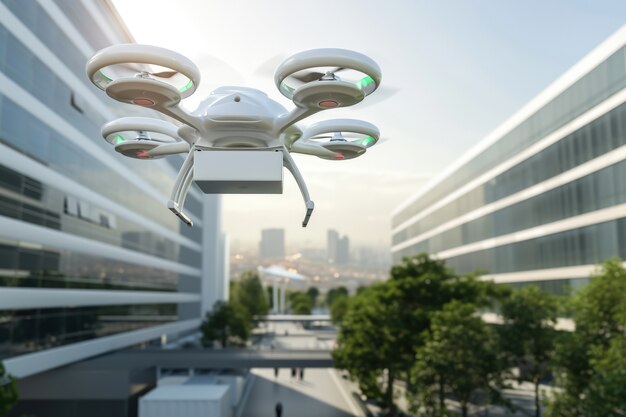
Sponsored article
Welcome to a fascinating exploration of drone detection and neutralization technologies. We will delve deep into the mechanics of advanced radar systems and their essential role in monitoring our skies. Alongside comprehending the nitty-gritty of these sophisticated technologies, we’ll also be forecasting potential future advancements in this rapidly evolving field.
In an era where the use of unmanned aerial vehicles (UAVs) is rapidly increasing, the concepts of Drone Detection and Neutralization have become critically important. As the Overview suggests, these methodologies identify and mitigate unwelcome drones using advanced technology. This involves sophisticated drone detection radar, which discern UAVs from other entities, like birds or planes, and effectively neutralize the threat. Understanding these tactics offers insights into the inner workings of the drone detection system and emphasizes the significance and potential applications of neutralization in maintaining airspace security.
Advanced Radar Systems are crucial elements in drone detection and neutralization. They employ sophisticated technologies to scan the environment for potential threats, using radio waves that reflect off drones and return to the radar. Advanced Radar Systems not only detect the presence of drones, but they also analyze the size, shape, and speed, enhancing the effectiveness of the functionality and operations. Notably, these systems can neutralize unauthorized drones by disrupting their communication channels. For instance, in several international airports, these systems have proven invaluable in detecting, tracking, and neutralizing intrusive drones in real-time, thereby preventing potential threats and disruptions to the standard operations.
Understanding the intricacies of drone detection and neutralization via advanced radar systems carries significant implications for many sectors. These advanced systems can enhance airspace security by identifying and neutralizing rogue drones, thus minimizing the threats caused by their illicit use. On a broader scale, these systems can instigate major shifts in military strategies, air traffic control protocols, and the overall surveillance landscape. Looking forward to the future scope, the continued evolution and advancement of these systems could contribute to the creation of more precise, real-time, and automated drone detection mechanisms. This progression might also catalyze the development of advanced neutralization techniques that could safely and efficiently disrupt the maneuvers of unwarranted drones. Therefore, the future of drone detection certainly appears promising, replete with incessant technological upgrades.